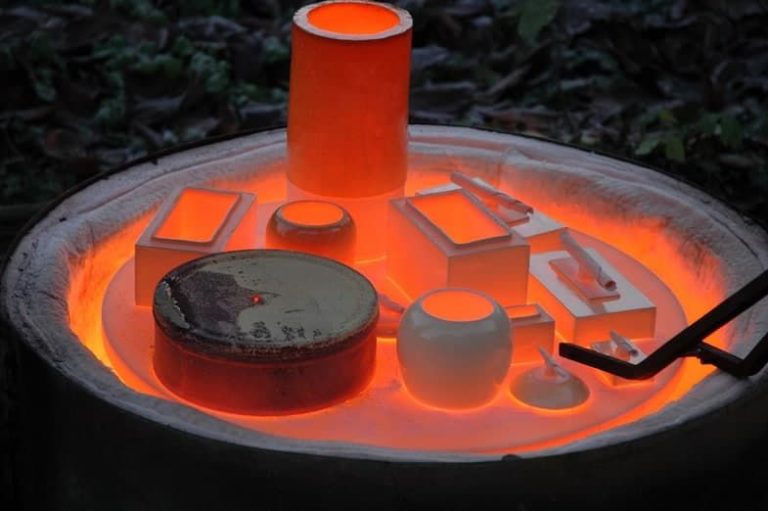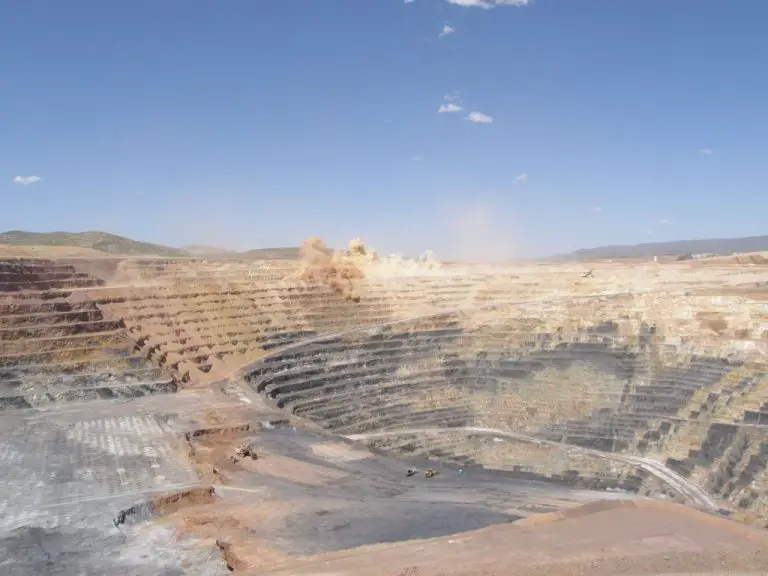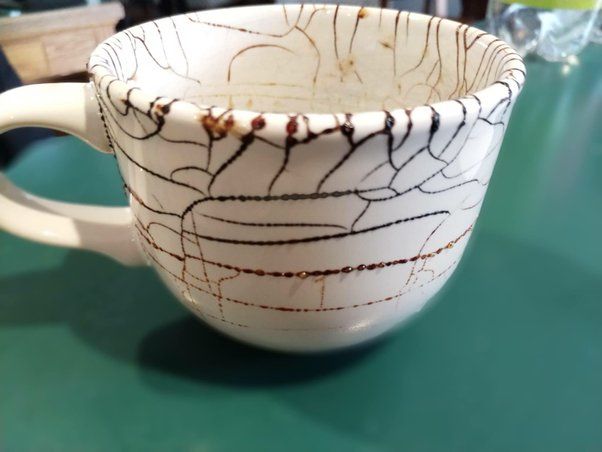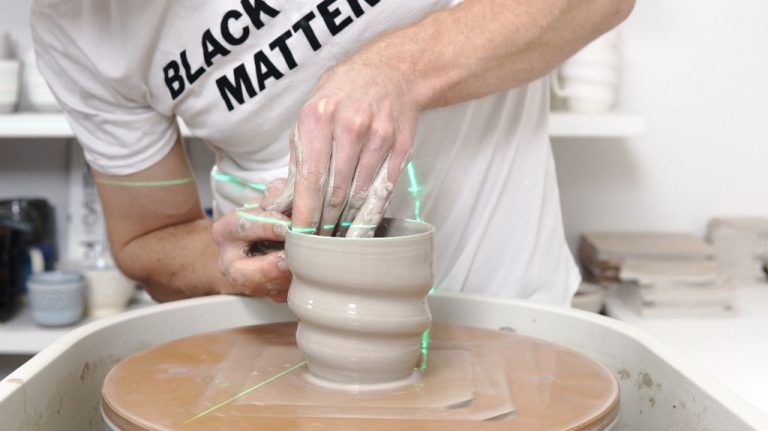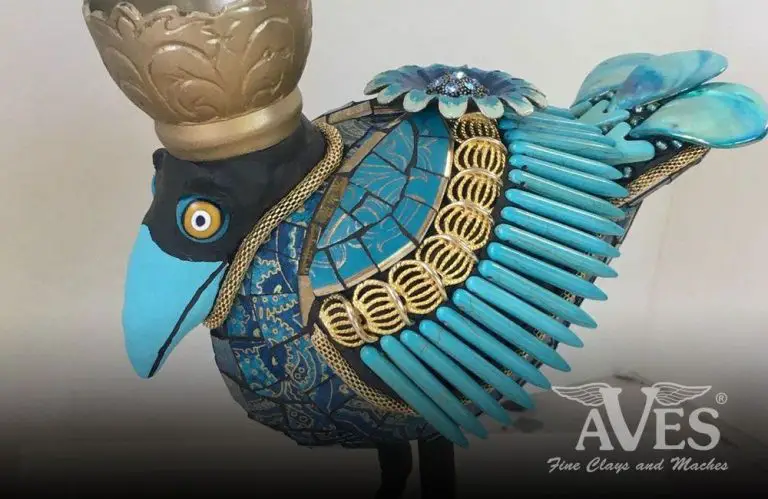What Is The Best Clay For Sculpting Anime Figures?
Sculpting anime figures with clay allows artists to bring their favorite characters to life in stunning 3D. With the right clay, artists can capture intricate details and textures to create anime figures that look like they jumped right off the screen. However, not all clays are created equal when it comes to sculpting anime figures. The properties and characteristics of the clay can greatly impact the sculpting process and the quality of the finished product. Finding the optimal clay helps ensure the clay is easy to work with, captures details well, and results in durable, quality anime figures.
Key Factors in Choosing Clay
When selecting the ideal clay for sculpting anime figures, there are several key factors to consider:
Durability
The clay needs to be durable enough to maintain its shape during the sculpting process without becoming too soft or brittle. A durable clay will hold fine details without risk of parts warping or breaking off.
Sculptability
The clay should be pliable and smooth enough to sculpt intricate shapes and textures. It should not be too sticky or firm to manipulate into delicate anime features and fabrics.
Detail Potential
A high-quality clay will hold the finest details from tiny wrinkles in clothing to strands of hair. The texture when cured should accurately reflect the sculpted form.
Drying Time
Depending on the project, the drying time can be a key factor. Quick drying clays allow you to work faster but give less time for refinements. Slower drying clays allow more sculpting time but delay the finishing process.
Polymer Clay
Polymer clay is one of the most popular types of modeling clay used by artists for sculpting figures and crafts. It consists of PVC particles combined with plasticizers and coloring. When baked in a regular home oven, it undergoes a chemical reaction that causes the clay to cure into a hard, durable plastic.
Well-known brands of polymer clay include Super Sculpey and Sculpey III. These are high-quality clays that are easy to condition and sculpt. They come in a wide range of vibrant colors that maintain their brightness even after baking. Polymer clays are also lightweight and do not shrink substantially during curing, making them ideal for achieving precise detail in sculptures.
The main benefits of polymer clays are that they do not dry out in the air, allowing artists to take their time sculpting fine details. The finished pieces are strong, flexible and water-resistant. Polymer clays can also be easily sanded, drilled, and painted after curing. Limitations include potential softness/fragility for very thin or projecting parts, as well as susceptibility to fingerprints and conditioning with clay softener being required for old polymer clay.
Oil-based Clay
Oil-based clays like Monster Clay are made from non-drying petroleum oils mixed with waxes and polymers. They have a smooth, silky texture that is easy to work with and blend. Oil-based clays remain malleable for long periods of time without drying out, which allows sculptors to rework details as needed. They also don’t shrink as they dry. However, oil-based clays are messier to work with than polymer clays and more fragile once hardened. Finished sculpts must be supported by an armature or casing. Oil-based clays are also not good for small detailed parts, as they can become sticky and misshapen. They have a distinct petroleum odor and require special care when stored. Overall, oil-based clays are excellent for sculpting large anime figures, busts, and statues. But the messiness and fragility may be drawbacks for smaller sculpts or amateur artists.
Water-based Clay
Water-based clays, sometimes called plastilinas, are clays that use water as a binding agent. Popular brands of water-based clay include Das and Roma Plastilina. Water-based clays have a smooth, creamy texture that makes them enjoyable to sculpt with. They don’t dry out or harden so they can be worked and reworked many times over. Water-based clays are also very affordable compared to other types of sculpting clay.
The main limitations of water-based clays are that they are heavy, messy, and require armatures for support. Finished sculpts made from water-based clay must be reproduced in another material if you want a permanent sculpture. Water-based clays are best for practicing sculpting skills rather than creating finished pieces.
Epoxy Clay
Epoxy clays like Apoxie Sculpt are two-part sculpting compounds that you mix together to activate and harden. They are made from an epoxy resin and hardener that chemically react when combined. Epoxy clays are designed to cure at room temperature into a strong, permanent sculpture.
Some key benefits of epoxy clays for sculpting anime figures include:
- Very strong and durable – Epoxy clay makes a tough, rigid sculpture that is resistant to chipping or breaking.
- Self-hardening – The clay cures to a hard state on its own without needing to be baked. This makes it very convenient to use.
- Holds fine detail – The non-sticky texture captures intricate details well for things like clothing folds and hair.
- Sands and drills easily – Once cured, epoxy clay sands and drills smoothly for refining the sculpture.
Some limitations to be aware of are:
- Short working time – After mixing the two parts, there is only about a 2 hour window to sculpt before it begins curing.
- Brittle when thin – Epoxy clay can become fragile if sculpted too thin in certain areas.
- Difficult to blend colors – The cured color is simply the blend of the two parts, so achieving custom colors takes effort.
Air-Dry Clay
Air-dry clay is a modeling material that naturally hardens at room temperature, due to drying. It is a good choice for beginners, as it is easy to work with and holds finer details well. Air-dry clay does not require baking or firing, making the drying process very convenient.
Popular brands of air-dry clay include Creative Paperclay, Makins Professional, and Activa Air-Dry Clay. These clays come in white or terra cotta shades. They have a smooth, doughy texture when moist, similar to ceramic clay. Some versions contain paper pulp or other lightweight fillers, resulting in a lightweight finished product.
Key benefits of air-dry clay include its simplicity, affordability, and ability to capture detail. Since no baking or firing is required, air-dry clays are very accessible for hobbyists and beginners. The clay can be molded and reshaped multiple times before drying, allowing for revisions as needed. The finished sculptures are lightweight but durable.
Limitations include potential cracking or breakage if the clay dries too quickly or unevenly. Sculptures may need supports added during drying to prevent sagging. There is also a risk of moisture distortion if the dried sculptures are stored in humid environments. Compared to other clays, air-dry options provide less structural strength for large or heavy sculptures.
Comparing the Clays
When choosing the best clay for sculpting anime figures, it’s helpful to directly compare the different types of clay on key factors:
Detail – Polymer clay is excellent for fine detail work, making it a top choice for sculpting anime figures and their intricate designs. Oil-based clays can capture detail well when properly conditioned.
Durability – Epoxy clays offer the most durable finished sculptures. Polymer clays and air-dry clays can also produce strong, long-lasting pieces when baked/cured.
Workability – Oil-based clays remain the most flexible and workable, good for repeated handling during sculpting. Polymer clays can get brittle if worked too much before baking.
Texture – Polymer and epoxy clays allow textures like clothing folds to be sculpted and hold their shape. Oil-based clays may lose some textures over time.
Color – Polymer clays offer the widest range of colors, while oil and water-based clays are limited. Epoxy clays come in basic colors but can be painted after curing.
Sculpting Time – Oil and water-based clays allow for unlimited sculpting time. Polymer and epoxy clays have limited working times before baking/curing is required.
Best Clay for Anime Figures
Based on the key factors to consider, polymer clay is likely the best option for sculpting anime figures. Polymer clay is highly versatile and can capture fine details, which allows sculptors to create intricate anime-style designs. It also doesn’t require baking until finished, so sculpts can be reworked as needed without fully hardening. Polymer clay comes in a wide array of colors, providing more flexibility compared to clays that require painting. It’s smooth, blendable texture makes it easy to transition between colors and achieve subtle gradients. Polymer clay sculpts are durable and lightweight once cured, ideal for display pieces. While polymer clay requires some conditioning, it remains malleable and doesn’t dry out. These characteristics make it the top choice for sculpting complex, dynamic anime figures that hold up over time.
Tips for Sculpting with Clay
Here are some tips for sculpting anime figures with clay:
Make sure you have the proper tools – you’ll want small sculpting tools like loop tools, clay shapers, and sculpting blades. Ball styluses can help smooth seams. Clay extruders allow you to make hair and other fine details.
Use an armature for support – build up the basic form on a wire frame to help maintain the structure and pose.
Focus on the major forms and proportions first before adding details. Sketch the figure with clay to map it out.
Pay attention to anatomy and reference photos for accuracy. Capture typical anime proportions like enlarged heads and eyes.
Bake sculpts incrementally to harden as you go. Allow thorough drying time for water-based clays. Follow package instructions.
Smooth seams and blend clay together. Baby oil helps merge polymer clay parts.
Use acrylic paints to add color. Apply a sealant like matte varnish to protect the finish.
Work cleanly and keep clay moist. Leaving out overnight can dry it out.
Make copies from molds to reproduce sculpts and parts like faces and hair.

